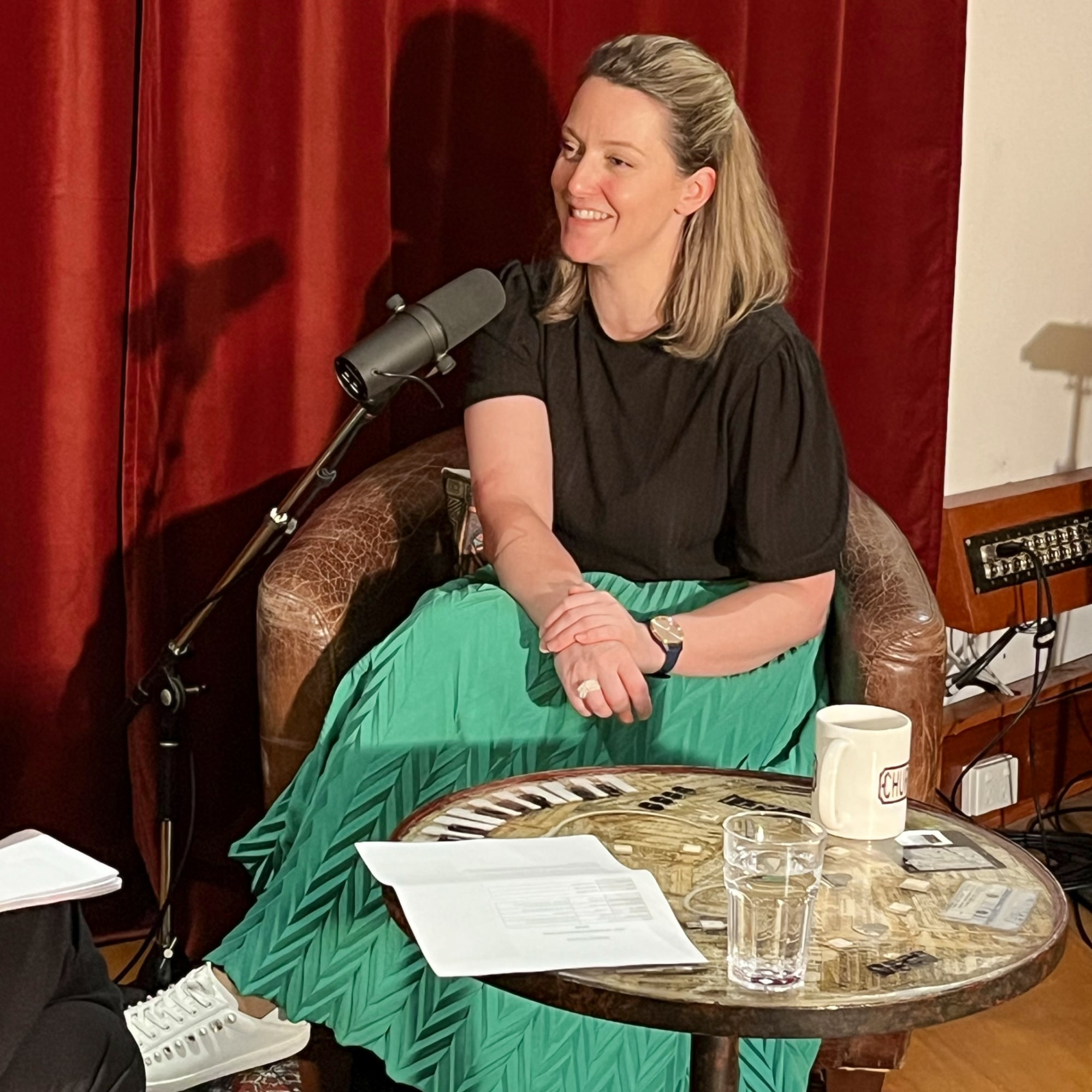Retirement
How to maximise your superannuation this EOFY
With the Coalition government re-elected and no major changes to superannuation on the horizon, it’s time to undertake a final review of your super to ensure that you have maximised your tax and retirement benefits for the 2018-19 financial year.
How to maximise your superannuation this EOFY
With the Coalition government re-elected and no major changes to superannuation on the horizon, it’s time to undertake a final review of your super to ensure that you have maximised your tax and retirement benefits for the 2018-19 financial year.

So what should you be considering in terms of super prior to 30 June 2019?
-
Maximise super contributions
Ensure that you have maximised your annual concessional (tax deductible) and non-concessional (undeducted or after-tax) super contributions. The following tables summarise the contribution caps for the current financial year:
Concessional contributions
| Age | 2018-19 |
| Under 75 | $25,000 |
- This cap is inclusive of any 9.5 per cent compulsory employer contributions made on your behalf.
- Those earning more than $250,000 will pay an additional 15% contributions tax on their concessional contributions.
- If you are age 65 and over, you need to satisfy a work test of gainful (paid) employment of at least 40 hours in a consecutive 30 day period during the financial year in order to be eligible to contribute to superannuation.
- If you are over age 75, only mandated or compulsory super guarantee contributions are permitted.
Non-concessional contributions

| Age | 2018-19 |
| Under 65 | $300,000 |
| 65 to 74 | $100,000 |
- For those under age 65, the non-concessional contribution caps listed are based on the annual non-concessional cap (i.e. $100,000 for 2018/19) brought forward over 3 years and would only be applicable for those people that have not exceeded their annual non-concessional contribution cap in the prior 2 financial years.
- If you are age 65 and over, you need to satisfy a work test of gainful (paid) employment of at least 40 hours in a consecutive 30 day period during the financial year in order to be eligible to contribute to superannuation.
- If you are over age 75, non-concessional contributions are not permitted
- Individuals with total superannuation balances of $1.6m or more on 1 July 2018 are not eligible to make non-concessional contributions to superannuation this financial year.
- From 1 July 2019, individuals aged 65 to 74 years with total superannuation balances below $300,000 can make voluntary contributions to superannuation for up 12 months from the end of the financial year in which they last met the work test.
Also note your super contribution will not be counted for this financial year unless the payment is received by your super fund prior to 30 June 2019, which this year falls on a Sunday. So prepare to make final contributions by 25 June 2019 at the latest.
-
Review your salary sacrifice agreement
Review your salary sacrifice agreement to ensure that you have maximised your salary sacrifice superannuation contributions for the 2018-19 financial year. If you do not have an agreement in place, then consider establishing an agreement with your employer for the 2018-19 financial year.
-
Personal concessional contributions for employees and self- employed
Those self-employed, or only receiving investment income should consider making a personal concessional super contribution to reduce their taxable income. . Also did you know that employees are also eligible to make personal concessional contributions. This can be in addition to contributions made on their behalf by their employer, provided their total concessional contributions from all sources (including super guarantee) does not exceed $25,000.
If you are eligible to make a concessional contribution in which you are able to claim a tax deduction, then you need to ensure that you have notified your super fund in writing of your intention to claim a tax deduction and you should also ensure that you receive an acknowledgment of your intention from your super fund. Without the notice and acknowledgment, your claim for a tax deduction for your personal contributions will be invalid.
-
Carry-forward your concessional contributions cap
From 1 July 2018, you can roll forward any unused concessional contributions cap for five years (after which they expire). So if you don’t use the full amount of your $25,000 concessional contributions cap in 2018/2019, you can always carry-forward the unused amount and take advantage of it up to five years later. This is provided your total super balance is less than $500,000 on 30 June of the previous financial year.
The first financial year where you can access unused concessional contributions is the 2019/2020 financial year.
-
Split your concessional contributions with your spouse
You can split up to 85% of your concessional contributions from a prior year with your spouse as long as they’re under their preservation age, or under 65 and still working. This may be a strategy where your spouse has a low super balance, or are closer to retirement.
Contribution splitting can only be done after the end of a financial year.
-
Make a “downsizer” contribution
If you are over age 65 and sold your home you may be eligible to make a once-off contribution of up to $300,000 (or $600,000 per couple).
For those eligible, there is no need to meet a contributions work test and the contribution is not subject to the prohibition on making additional non-concessional contributions where your total super balance is more than $1.6 million.
-
Make a spouse super contribution
You may be entitled to an income tax offset of up to $540 for superannuation contributions for the benefit of a low-income (under $13,800) or non-working spouse who is under age 70.
-
Access the government co-contribution of up to $500
If you’re under age 71, engaged in employment and your total income is less than $ $52,697, the government will co-contribute 50 cents for every $1 of any non-concessional (undeducted) super contributions that you make, up to a maximum of $500. This may be a useful strategy for low income working spouses or adult children working part-time.
-
Make a super contribution to save for your first home
Under the First Home Super Saver Scheme, voluntary contributions to your super fund may be withdrawn to help buy or build your first home. Under the scheme, you can withdraw up to $15,000 of eligible contributions made over a financial year or up to $30,000 in total for all years, plus an amount that represents deemed earnings. Non-concessional contributions can be withdrawn tax free. Concessional contributions and total earnings will be taxed at marginal tax rates with a tax offset of 30%.
-
Consider starting a pension from superannuation
If you are over age 55, consider commencing a pension from your super fund. Under the current super rules, anyone who has reached “preservation age” (55 for those born before 1 July 1960), can start a “transition to retirement income stream” (TRIS) and draw up to a maximum of 10% of their account balance each year. This is irrespective of whether they continue to work or not. Many use this strategy to reduce their tax but more importantly, increase their contributions to superannuation whilst supplementing their reduced take-home pay with their pension withdrawal.
Alternatively, if you are over age 65, or if you are under age 65, but have retired since commencing the TRIS, or if you are between age 60 and 65 and changed jobs after age 60, then you may convert your TRIS to a “retirement phase pension”. The earnings on super funds paying retirement phase pensions are tax free up to the pension transfer balance cap (set at $1.6 million as at 1 July 2017).
-
Draw your minimum pension before year end
If you are already drawing a superannuation pension, please ensure that your fund has paid you the minimum pension before 30 June 2019. The minimum pension for the year is based on a percentage of your fund member balance as at 1 July 2018, or, if you started your pension during the year, the fund member balance at commencement pro-rata for part year. The minimum pension percentage factor for the 2018-19 year is as follows:
| Age | % of Account Balance * |
| 55-64 | 4.00 |
| 65-74 | 5.00 |
| 75-79 | 6.00 |
| 80-84 | 7.00 |
| 85-89 | 9.00 |
| 90-94 | 11.00 |
| 95+ | 14.00 |
* There is no maximum annual limit to your account-based pension, unless you are under age 65, still working and drawing a TRIS pension from your super fund, in which case the maximum annual limit is 10%.
-
Thinking about setting up an SMSF before year end?
If you are planning to set up an SMSF before year end, it may be better to defer the set up until after 30 June 2019, so as to avoid the fixed annual SMSF compliance costs that will apply regardless of how long the SMSF has been in operation.
Learn more on how to maximize your super on this article: superannuation advantages and disadvantages.
About the author

About the author


Superannuation
Aware Super takes on Australia's gender retirement gap, aiming for financial equality
Aware Super, one of Australia's largest superannuation funds with a 70 per cent female membership, is on a mission to close the gender gap that sees women retire with 30 per cent less super than men ...Read more

Superannuation
Age Pension increase prompts Australians to review their finances
The increase in the Age Pension, which takes effect today, should serve as a prompt for many older Australians to ensure they're maximizing their income as cost-of-living pressures persist, according ...Read more

Superannuation
Retirement reimagined as Australian optimism meets inflation worries in 2023 super fund insights
The latest reports on retirement confidence among Australians present a spectrum of sentiments, with fresh data revealing surprising optimism in some quarters while exposing underlying concerns in ...Read more

Superannuation
Aussie retirees face a shortfall as ideal retirement nest egg doubles what super will deliver
As Australians look towards retirement, the desired superannuation balance that many believe will ensure a comfortable retirement has significantly outpaced what they are on track to actually save. Read more

Superannuation
Super funds eye 6.5% return in 2023, despite a rocky start
As the year draws closer to its climax, Chant West unveils its projection for super funds in what can only be described as a year of economic ebbs and flows. Read more

Superannuation
A deep dive into Australia’s superannuation system
Australia has a robust retirement savings system known as superannuation designed to provide financial security to Australians in their post-work years. Read more

Superannuation
50,000 super fund members impacted by data breach
Around 50,000 member records were impacted by the breach that took place earlier this month. Read more

Superannuation
Two super funds tipped to reach $1tn by 2040
KPMG has released the findings from a new review. Read more

Superannuation
Aware Super takes on Australia's gender retirement gap, aiming for financial equality
Aware Super, one of Australia's largest superannuation funds with a 70 per cent female membership, is on a mission to close the gender gap that sees women retire with 30 per cent less super than men ...Read more

Superannuation
Age Pension increase prompts Australians to review their finances
The increase in the Age Pension, which takes effect today, should serve as a prompt for many older Australians to ensure they're maximizing their income as cost-of-living pressures persist, according ...Read more

Superannuation
Retirement reimagined as Australian optimism meets inflation worries in 2023 super fund insights
The latest reports on retirement confidence among Australians present a spectrum of sentiments, with fresh data revealing surprising optimism in some quarters while exposing underlying concerns in ...Read more

Superannuation
Aussie retirees face a shortfall as ideal retirement nest egg doubles what super will deliver
As Australians look towards retirement, the desired superannuation balance that many believe will ensure a comfortable retirement has significantly outpaced what they are on track to actually save. Read more

Superannuation
Super funds eye 6.5% return in 2023, despite a rocky start
As the year draws closer to its climax, Chant West unveils its projection for super funds in what can only be described as a year of economic ebbs and flows. Read more

Superannuation
A deep dive into Australia’s superannuation system
Australia has a robust retirement savings system known as superannuation designed to provide financial security to Australians in their post-work years. Read more

Superannuation
50,000 super fund members impacted by data breach
Around 50,000 member records were impacted by the breach that took place earlier this month. Read more

Superannuation
Two super funds tipped to reach $1tn by 2040
KPMG has released the findings from a new review. Read more






